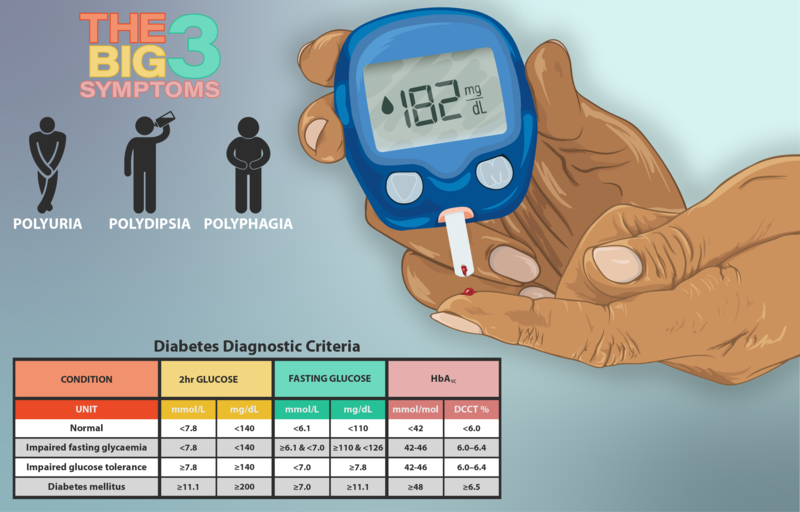Can Switching to a Standing Desk Enhance Insulin Sensitivity?
Written on
Understanding Diabetes
Diabetes is a metabolic disorder that impairs the body's ability to manage blood sugar levels effectively.
In the case of type I diabetes, which is genetically inherited, the pancreas loses beta cells responsible for insulin production. This condition is present from birth. Conversely, type II diabetes is often acquired and was previously known as adult-onset diabetes; however, it is increasingly affecting children due to lifestyle changes.
There’s also type III diabetes, a term that suggests a connection between diabetes and Alzheimer's disease, prompting some researchers to investigate diabetes medications as potential preventive treatments for Alzheimer's.
Lastly, gestational diabetes occurs during pregnancy, leading to elevated blood sugar levels. The exact cause remains uncertain, although it is believed that pregnancy hormones may disrupt insulin signaling.
While type I and type II diabetes stem from different origins, they exhibit similar symptoms, including heightened hunger and thirst, frequent urination, unexpected weight loss, and sudden vision changes. Both types can lead to serious complications such as eye and nerve damage, chronic kidney issues, stroke, and cardiovascular diseases.
Management strategies for diabetes primarily focus on blood sugar regulation. Approaches may include dietary changes, medication, and lifestyle adjustments. Particularly for type II diabetes, achieving a healthy weight, engaging in regular physical activity, and consuming a minimally processed diet can be highly beneficial.

The Impact of Standing on Insulin Sensitivity
Recent research suggests that increasing the amount of time spent standing could positively affect insulin sensitivity.
In this study, 64 participants aged between 40 and 65, with an average age of 58 and a mean BMI of 31.6, were monitored over four weeks. None of the participants were on diabetes medications or diagnosed with diabetes, but all met at least three criteria for metabolic syndrome, indicating they were at risk.
Participants wore accelerometers for an average of 14.5 hours daily over 26 days. Their activity breakdown was approximately 10 hours of sitting, 1.8 hours standing, and 2.7 hours engaged in some physical activity, averaging over 5,000 steps per day.
Upon analysis, researchers found that extended sitting was linked to poorer fasting insulin levels and HOMA-IR, a measure of insulin resistance, while standing and increased activity were associated with improved insulin sensitivity.
The conclusion drawn from this data indicates that standing correlates favorably with whole-body insulin sensitivity, even after accounting for body fat, sedentary behavior, physical activity, and fitness levels. Therefore, spending more time standing may enhance insulin sensitivity among sedentary adults at higher risk for type II diabetes.
It's important to note several limitations: the study's sample size was relatively small, and the findings may not apply universally to different ethnicities or individuals already diagnosed with diabetes. More rigorous intervention trials are necessary to ascertain whether replacing sitting time with standing truly leads to improvements in insulin sensitivity.
Given that many in the workforce spend over eight hours a day seated, transitioning to a standing desk could be a worthwhile choice. After making this change myself several years ago, I have experienced significant benefits. Additionally, using a height-adjustable desk allows for a comfortable balance between sitting and standing.
Exploring alternative seating options or active chairs can also encourage incidental muscle activity, providing another avenue to enhance health.

Explore More on Standing Desks
The first video titled "Standing Desk: 10 Reasons to Switch" delves into various advantages of using standing desks, highlighting the potential benefits for health and productivity.
The second video, "8 Benefits of Standing Desks – Are They Worth It?", evaluates the effectiveness of standing desks, offering insights into whether they are a worthwhile investment for your workspace.
You just read another post from In Fitness And In Health, a community focused on sharing insights and advice for leading healthier, happier lives. If you're interested in receiving more content like this, consider joining our newsletter.